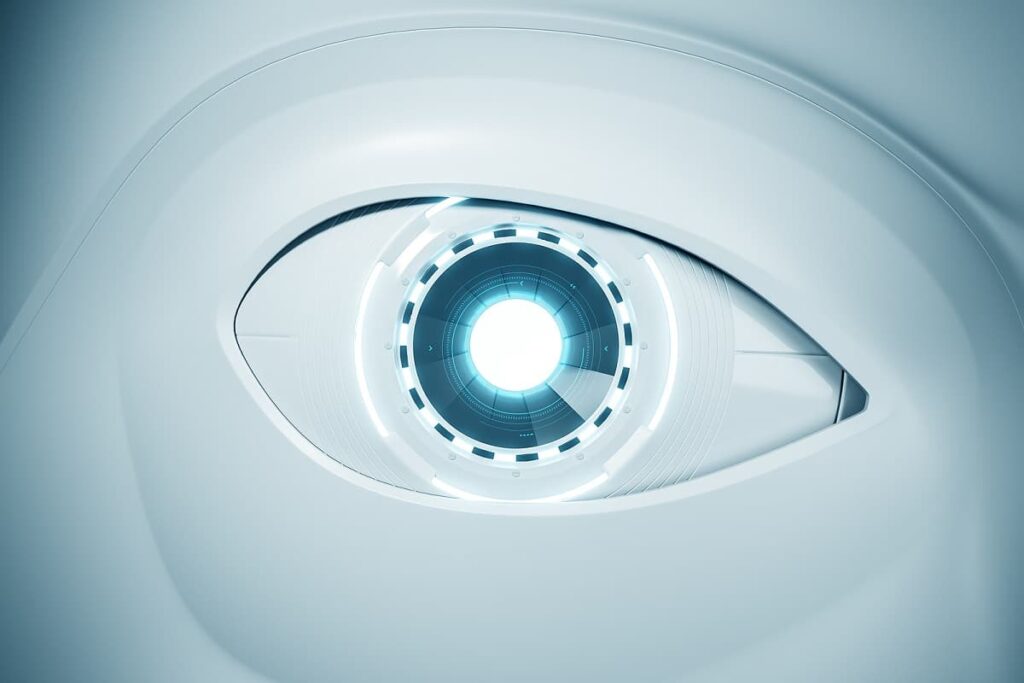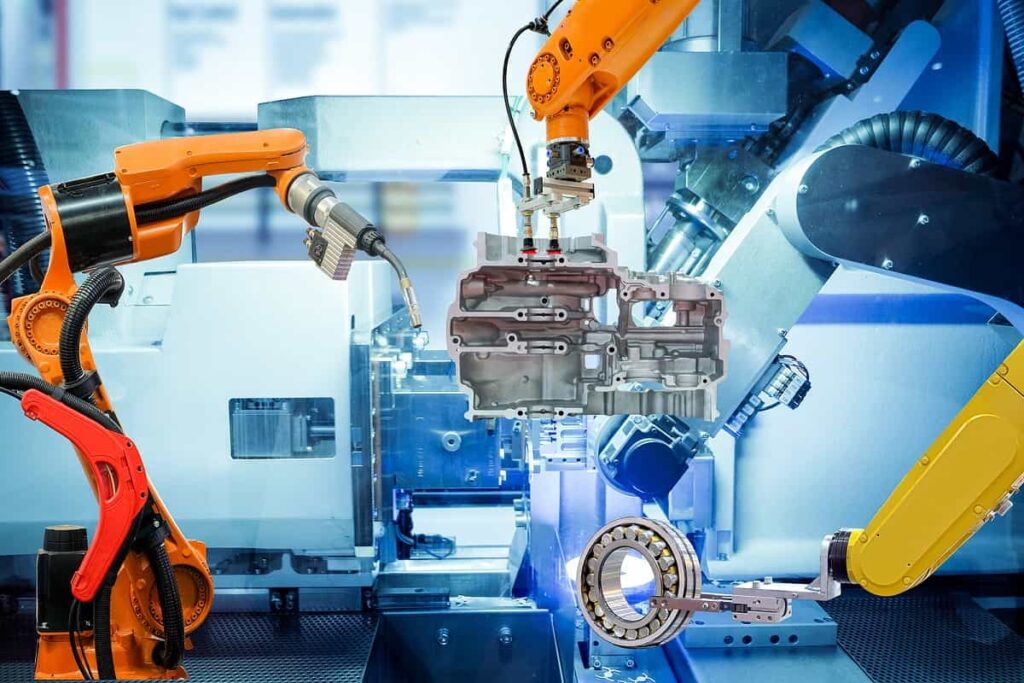5 Computer Vision and Image Understanding Companies
Table of contents
Table of contents

You’ve probably heard by now that Google’s artificial intelligence program called AlphaGo beat the world Go champion to win $1 million in prize money heralding a new era for AI advancements. Go, which has been played for 2,500 years, is difficult for a computer to master because it has more moves possible than atoms in the universe. While the sad news of the Korean champion being dominated by a computer caused many Koreans to drink heavily, observers of this feat thought it remarkable that AlphaGo was actually using strategies that had never been used before by humans.
This deep learning program was first fed about 30 million moves to mimic, then it was allowed to play against instances of itself in order to “learn” using a concept called reinforcement learning. It’s kind of similar to how you train animals to do tricks for a circus. While some of the concepts used like Monte Carlo are much easier to grasp, the program itself uses neural networks that mimic how the human brain works. One of the more popular uses for “conventional neural networks” is in the applications of computer vision and image understanding. In fact, computers are now officially better than humans at image classification:

We talked before about how you can train a computer to recognize images by looking at them instead of just reading the text that accompanies the picture. Here are 5 startups that are playing in this space.
Deepomatic
Founded in 2014, French startup Deepomatic has taken in nearly $1 million to build a technology that will enable content publishers to monetize their images by linking them to purchasable products. You know that whole “a picture is worth more than a thousand words” thing people say? Here’s the best way to describe Deepomatic’s business model:
So there you have it. A perfect technology for selling stuff to people who idolize talentless celebrities and want to dress just like them. They’re presently looking for a “Chief Fashion Curator”. If you think you have what it takes for this technically demanding role, just apply here.
Affectiva

Hyperverge


Tractable

take away jobs free up people so they can be used to work on more value-adding activities.
Update 06/16/2021: Tractable has raised $60 million in Series D funding at a post-money valuation of $1 billion to help build out better, AI-based techniques of processing and parsing pictures that are taken on smartphones. This brings the company’s total funding to $119.9 million to date.
Clarifai

So this business model works well but will eventually dwindle down to a single company that offers this service better than anyone else so everyone adopts it. It lends itself to the same kind of outcome we saw when search engines first came out. The end result is one company that dominates the space while the leftover companies die slow deaths while switching CEOs faster than most people switch jobs. Speaking of which, here’s what Clarifai comes back with when you feed it a picture of Marissa Mayer:
Sign up to our newsletter to get more of our great research delivered straight to your inbox!
Nanalyze Weekly includes useful insights written by our team of underpaid MBAs, research on new disruptive technology stocks flying under the radar, and summaries of our recent research. Always 100% free.
















